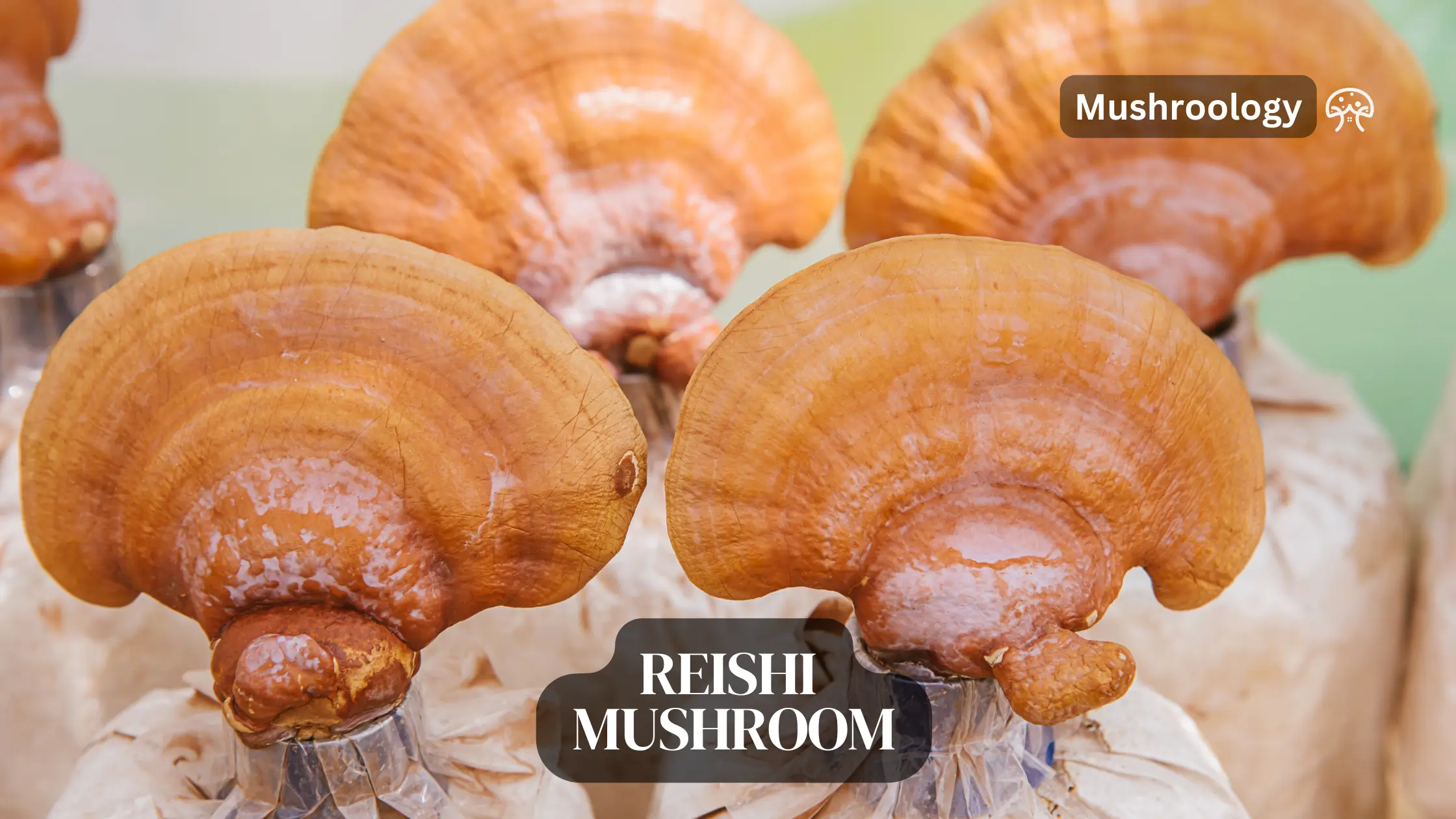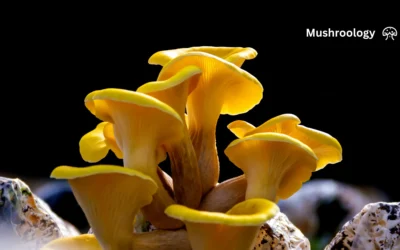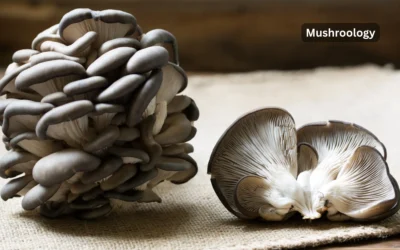What you need to know to successfully grow reishi mushrooms (Ganoderma lucidum) indoors
You’ve probably heard about reishi mushrooms and their health benefits. Now you’re ready to grow reishi mushrooms yourself. Here’s the thing – it’s easier than you think, but you need the right approach.
Growing reishi mushrooms at home takes patience. These medicinal fungi need 2-3 months from start to harvest, but the wait is worth it. According to mycologist Paul Stamets in “Growing Gourmet and Medicinal Mushrooms,” home cultivation gives you fresher, more potent mushrooms than store-bought options.
Safety Warning
- Never eat wild mushrooms without 100% expert identification
- Reishi mushrooms are NOT for culinary use – they’re woody and bitter
- Process them into teas or tinctures for medicinal use
- Contact the North American Mycological Association (NAMA) for identification help
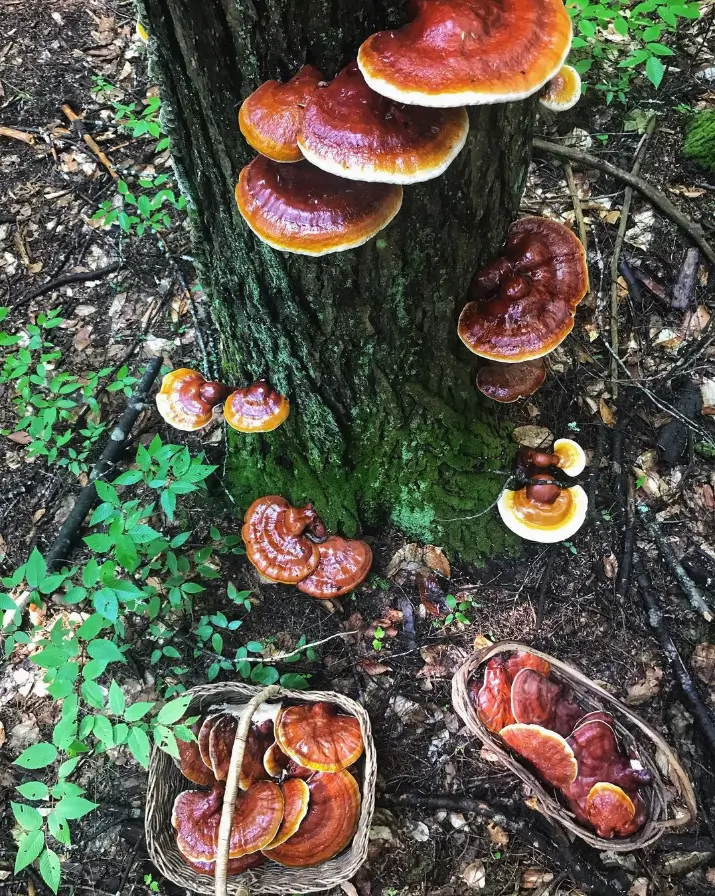
How you prepare substrate to grow reishi mushrooms
Your reishi substrate is the foundation for success. You’ll need hardwood pellets and wheat bran – that’s it. The Mushroom Cultivator by Stamets and Chilton recommends this simple recipe for a 5-pound (2.3 kg) block:
- 5 cups hardwood pellets
- 1.25 cups wheat bran
- 6 cups water
Soak the pellets in water for 30 minutes until they break down into sawdust. Mix in the bran thoroughly. When you squeeze the mixture, only a couple drops should come out – that’s your target 65% moisture content.
Pack this reishi substrate into filter patch bags. Sterilize at 250°F (121°C) for 90 minutes in a pressure cooker. Let it cool completely – this takes about 8 hours.
Try this: Add 1 tablespoon (15 ml) of gypsum per 5 pounds (2.3 kg) of substrate. Cornell University’s mushroom program found this improves yields by 15-20%.
What supplies you need to grow reishi mushrooms indoors
You won’t need expensive equipment to grow reishi mushrooms. Here’s your shopping list:
- Reishi spawn (grain or sawdust)
- Hardwood pellets from any hardware store
- Wheat bran from the grocery store
- Filter patch grow bags
- Pressure cooker or autoclave
- Sharp knife for harvesting
- Food dehydrator for drying
The University of Kentucky Cooperative Extension recommends starting with pre-made spawn rather than spores. You’ll get more consistent results and faster colonization – typically 14-21 days versus 30+ days with spores.
How you create perfect conditions for reishi mushroom cultivation
Temperature matters when you grow reishi mushrooms. During colonization, maintain 75-82°F (24-28°C). The mushrooms won’t grow well below 70°F (21°C) or above 85°F (29°C).
Once your substrate turns white with mycelium, it’s time to fruit. Lower the temperature to 71-77°F (22-25°C) and increase humidity to 85-90%. According to research from Fungi Perfecti laboratories, this temperature drop triggers fruiting.
You’ll see “antlers” first – finger-like projections that look alien. These form when CO2 levels are high. Want the classic bracket shape? Increase fresh air exchange. The mushrooms sense oxygen levels and change their growth pattern.
When you should harvest reishi mushrooms
Timing your harvest makes all the difference. You’ll know when to harvest reishi mushrooms by watching the edges. They start white, turn orange, then deep red.
The Chinese University of Hong Kong’s medicinal mushroom research shows peak potency occurs just before spore release. That’s when the entire mushroom has a shiny, varnished appearance – typically 2-3 months after fruiting begins.
Cut at the base with a sharp knife. Fresh reishi stores for 4 weeks in a paper bag in your refrigerator. For long-term storage, slice immediately and dry at 95-115°F (35-46°C) until crisp.
Why reishi substrate preparation determines your success
Your substrate quality directly impacts yields. The Journal of Agricultural Technology found that supplemented hardwood produces 25% more mushrooms than plain sawdust.
Mix ratios matter. Too much bran (over 20%) invites contamination. Too little (under 15%) slows growth. Stick to the proven 80:20 sawdust-to-bran ratio.
Local alternatives work too. Rice bran substitutes perfectly for wheat bran in Asia, according to Thailand’s Naresuan University research. Experiment with what’s available – just keep the ratios consistent.
How indoor cultivation beats outdoor growing
Indoor reishi mushroom cultivation gives you control. You manage temperature, humidity, and contamination risks. The World Journal of Microbiology found indoor yields average 0.5-0.7 pounds (227-318 g) per 5-pound (2.3 kg) block.
Outdoor log cultivation takes 6-12 months versus 2-3 months indoors. Plus, you’ll deal with pests, weather, and inconsistent results. Save outdoor methods for when you’re experienced.
Troubleshooting common problems when you grow reishi mushrooms
Green mold on substrate? You have Trichoderma contamination. Remove affected bags immediately – it spreads fast. Next time, sterilize longer or check your sterile technique.
Antlers but no brackets? Increase fresh air. Open bags wider or add more air holes. Reishi mushrooms need oxygen to form proper brackets.
Slow colonization? Check your temperature with a reliable thermometer. Even 5°F (3°C) below optimal slows growth significantly. The substrate might also be too dry – it should feel like a wrung-out sponge.
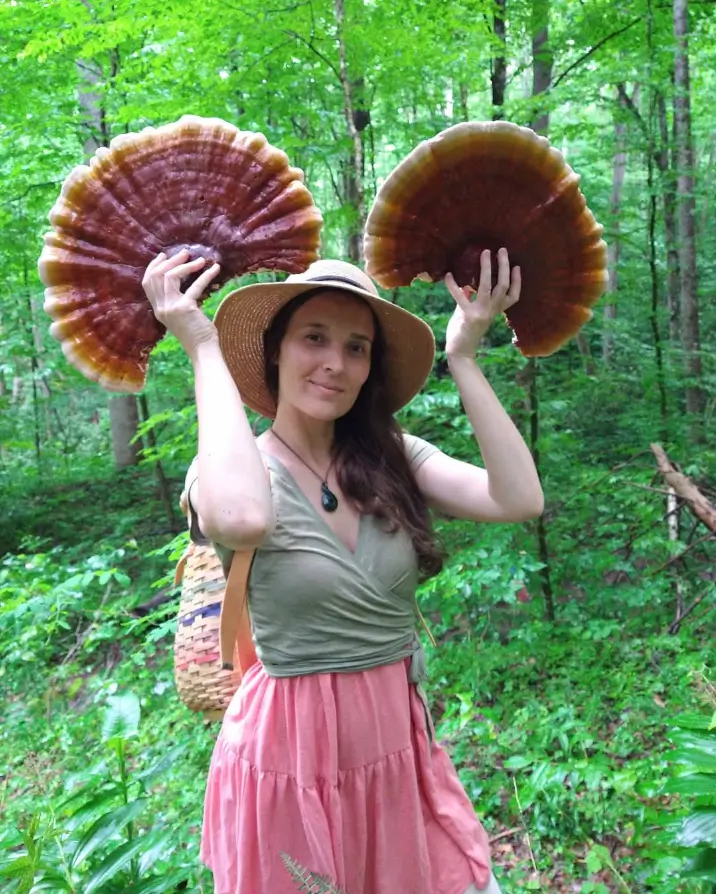
Frequently asked questions about growing reishi mushrooms
Q: How long does it take to grow reishi mushrooms from start to harvest? A: Most reishi mushrooms take 60-90 days total: 14-21 days for colonization, then 45-70 days for fruiting at 71-77°F (22-25°C).
Q: What’s the best reishi substrate recipe for beginners? A: Use 5 cups hardwood pellets, 1.25 cups bran, and 6 cups water. This makes about 5 pounds (2.3 kg) of substrate with ideal 65% moisture.
Q: Can you grow reishi mushrooms without a pressure cooker? A: No. Proper sterilization at 250°F (121°C) requires pressure. Without it, contamination rates exceed 90%, according to Fungi Perfecti research.
Helpful resources for reishi mushroom growers
- North American Mycological Association (NAMA)
- “Growing Gourmet and Medicinal Mushrooms” by Paul Stamets
- Cornell University Small Farms Program – Mushroom Cultivation
- Your local mycological society for hands-on workshops
Now you understand how to grow reishi mushrooms successfully. You’ll get better results when you maintain proper temperatures and moisture levels throughout the process.
Your next step: Order quality reishi spawn from a reputable supplier like Fungi Perfecti or Field & Forest Products. Start with one 5-pound (2.3 kg) block to learn the process.

